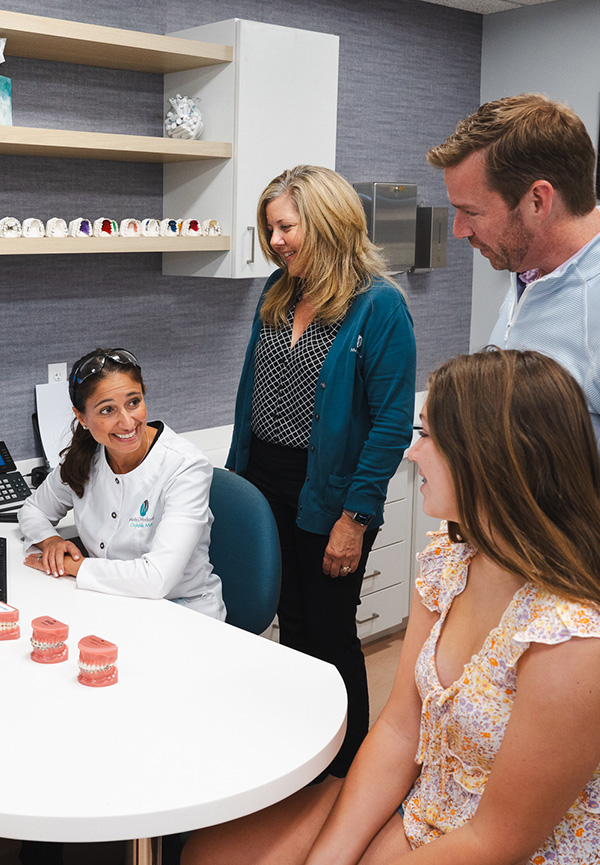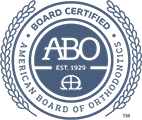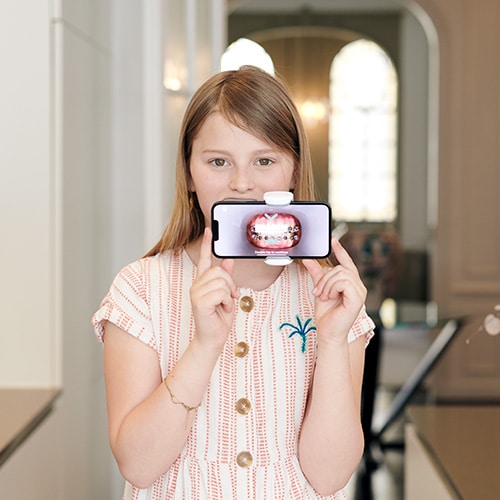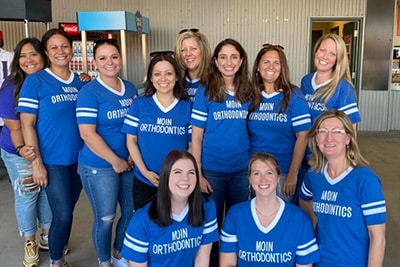Everyone deserves a
beautiful smile!

Welcome To Moin Orthodontics In Manchester, NH
Here at Moin Orthodontics, our goal is to help each and every patient achieve a radiant, healthy smile through convenient and state of the art orthodontic treatment. Dr. Sogole Moin takes the time to understand your concerns, then provide a thorough diagnosis and customized treatment plan. Our team makes the entire orthodontic experience as pleasant and stress-free as possible. We are proud to offer orthodontic care in Manchester and all of the surrounding areas.
At Moin Orthodontics, we provide the highest quality custom orthodontic care to patients of all ages. We offer early orthodontic treatment, Invisalign, iTero Digital Impressions, and braces for all ages, including adult orthodontics. Dr. Moin will take the time to answer any questions that you have!
We Use Cutting-Edge Technology
We believe that each patient is unique, and their treatment needs to be customized according to their individual needs. Dr. Moin ensures every one of her patients receives the best orthodontic treatment available which is why she uses the latest cutting-edge technology.
Treatments offered include:
- Metal and Ceramic Braces
- Early Orthodontics
- Surgical Orthodontics
- Airway Orthodontics
- Invisalign Clear Aligners
- iTero Digital Impressions
- 3D Cone Beam Radiographs
Contact Our Office Today
Call us at (603) 669-4503 to schedule an appointment. Dr. Sogole Moin and her experienced team are excited to start this journey with you!
Meet Dr. Sogole Moin
Dr. Moin and her family are nearby residents of Bedford and she is thrilled to continue her father’s 30 year legacy of treating patients in Manchester where she grew up.





Read What Our Happy Patients Have to Say!

Save Time with Remote Monitoring
Dental Monitoring is an easy to use app that allows you to send images of your teeth to our office throughout your Invisalign treatment. This greatly reduces the number of in-office visits required, while allowing for more consistent monitoring throughout your Invisalign journey.













